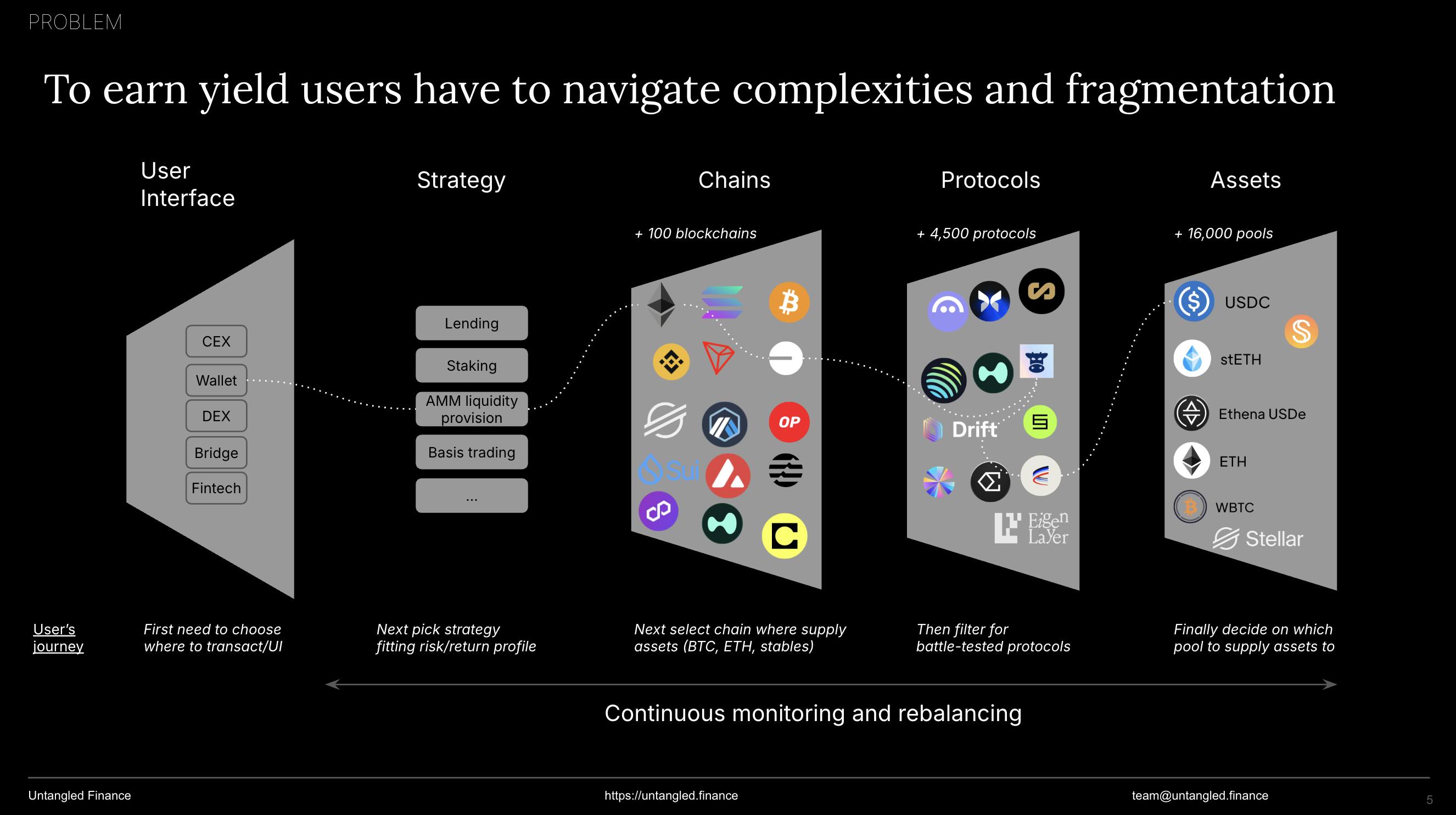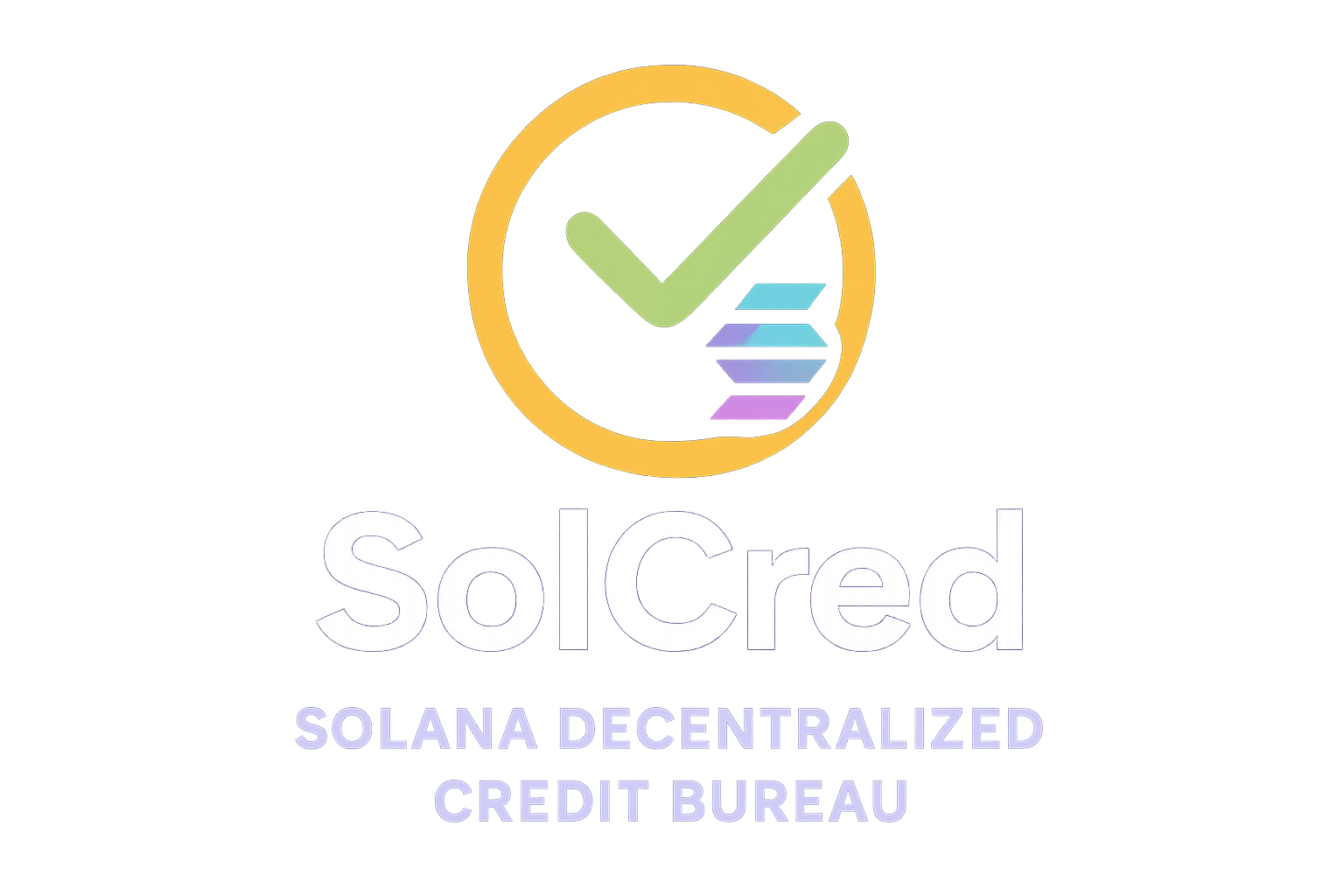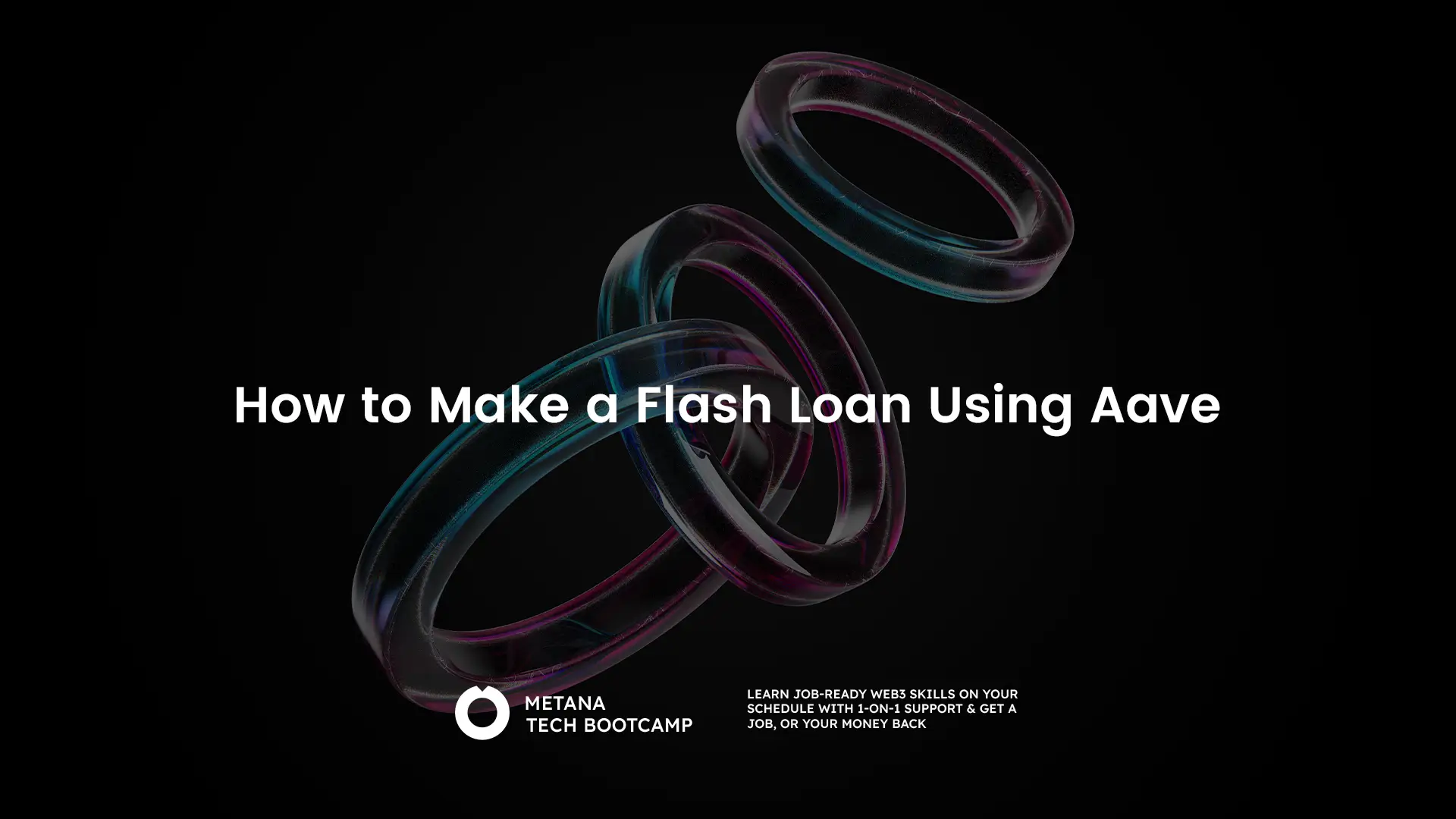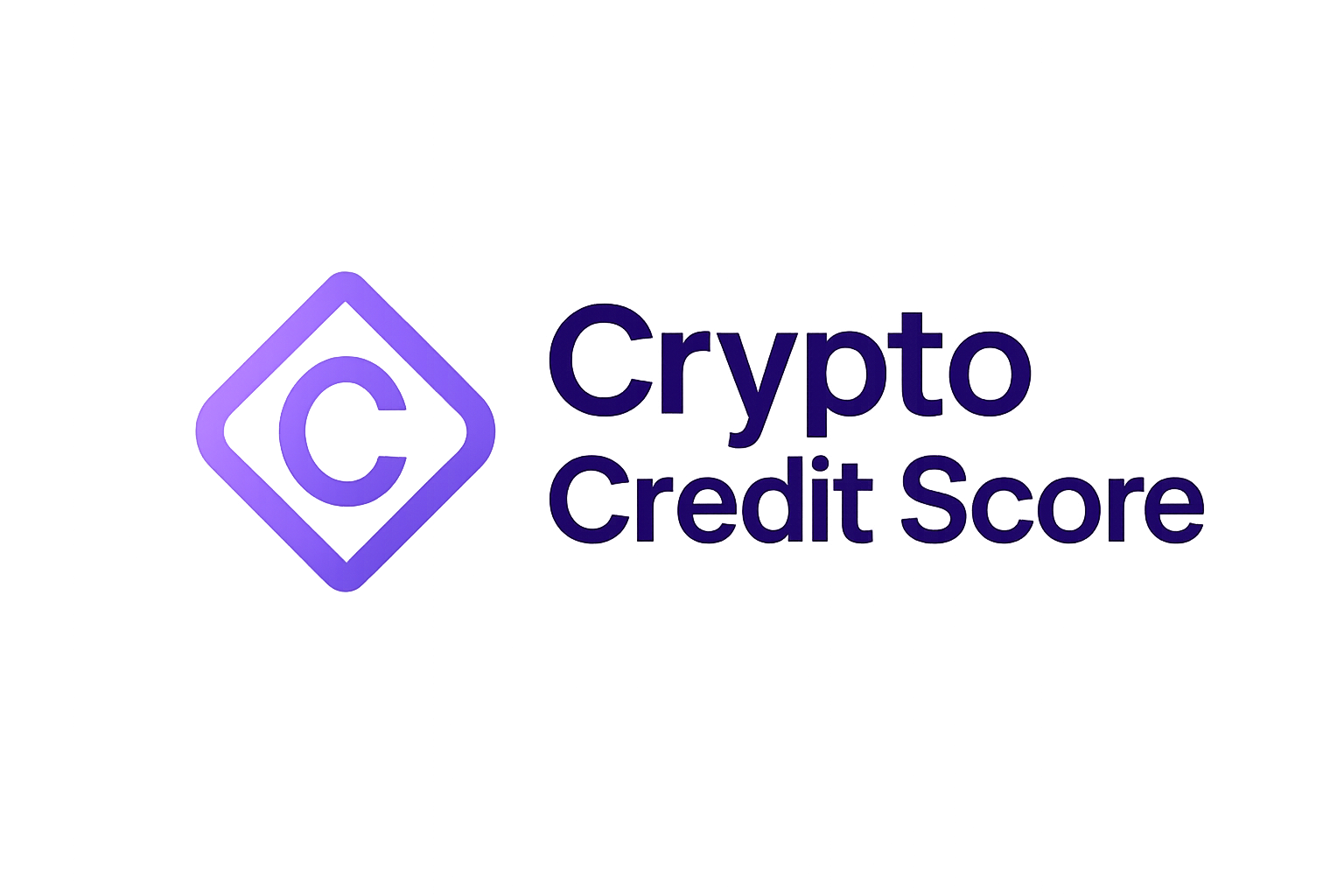
The decentralized finance (DeFi) sector is undergoing a fundamental transformation in 2025, driven by the rise of on-chain credit scores. Historically, DeFi lending protocols have required borrowers to over-collateralize loans, often demanding more value in crypto assets than the loan itself. This model, while effective at mitigating risk, has restricted access to credit and capital efficiency for most users. Now, with decentralized credit scoring and blockchain-based risk assessment, the landscape is rapidly changing, enabling no-collateral crypto loans that unlock new opportunities across the ecosystem.
From Overcollateralization to On-Chain Reputation
Traditional DeFi lending platforms such as Aave and Compound have relied on collateralization ratios as their primary risk mitigation tool. Borrowers must lock up assets, sometimes exceeding 150% of the loan value, to secure funds. While this approach protects lenders from defaults, it excludes participants without significant holdings and ties up capital that could otherwise be deployed productively.
On-chain credit scores are disrupting this paradigm by shifting risk assessment from asset-based metrics to behavioral analytics. These scores evaluate a wallet’s transaction history, repayment reliability, protocol participation, and even off-chain integrations (such as proof of traditional bank assets). The result: a dynamic profile of borrower trustworthiness that is transparent yet privacy-preserving.
This evolution is not just theoretical, live implementations are already reshaping DeFi:
- Untangled Finance, in partnership with Moody’s Ratings, has demonstrated how established credit ratings can be integrated on-chain via risk oracles. This hybrid approach enhances transparency and aligns DeFi with familiar TradFi standards.
- 3Jane Protocol offers unsecured lines of credit based on verifiable proofs of both crypto and bank assets, anticipated cash flows, and on-chain reputation, expanding lending options beyond simple asset-backed models.
- SolCred, building on Solana, is rolling out a decentralized credit bureau standard for DeFi platforms to assess user risk without compromising privacy or sovereignty.
No-Collateral Crypto Loans: Mechanisms and Impact in 2025
The core innovation behind no-collateral loans is algorithmic trust: platforms analyze a user’s blockchain activity to determine eligibility for unsecured or under-collateralized borrowing. This shift facilitates broader participation in DeFi by:
- Reducing entry barriers: Users without substantial crypto holdings can access liquidity based on proven reliability rather than mere wealth.
- Boosting capital efficiency: Funds that would otherwise be locked as collateral remain available for trading or yield generation.
- Diversifying lending products: Platforms can offer flexible terms, including revolving credit lines and future cash flow-backed loans, tailored to individual risk profiles.
The integration of decentralized scoring mechanisms also supports regulatory compliance initiatives around anti-money laundering (AML) and know-your-customer (KYC) requirements without sacrificing user privacy. By anchoring identity to wallet behavior rather than personal data, protocols achieve robust risk controls while respecting decentralization principles.
The State of Crypto Lending Markets: November 2025
The impact of these innovations is reflected in current market dynamics. As of November 18,2025:
- Bitcoin (BTC): $89,514.00 (-5.98%) or High: $95,914.00 or Low: $89,314.00
- Ethereum (ETH): $2,985.60 (-6.46%) or High: $3,215.67 or Low: $2,956.90
This volatility underscores the importance of advanced risk modeling in lending protocols. Platforms like Aave continue to offer flash loans, instantaneous no-collateral loans repaid within a single transaction, but the next generation is focused on longer-term unsecured lending powered by verifiable reputation metrics rather than transient arbitrage opportunities.
Pioneering Platforms: Who’s Leading No-Collateral Lending?
The race for dominance in this new era features both established players and innovative newcomers:
- Untangled Finance’s Moody’s integration
- 3Jane Protocol’s hybrid asset/future-backed lines of credit
- SolCred’s decentralized bureau vision for Solana dApps
This competitive landscape drives rapid evolution in scoring methodologies, from simple repayment histories to complex multi-factor analytics incorporating cross-protocol behavior and even off-chain attestations.
Bitcoin (BTC) Price Prediction 2026-2031
Forecast Based on On-Chain Credit Score Adoption, DeFi Lending Trends, and 2025-2026 Market Data
| Year | Minimum Price | Average Price | Maximum Price | % Change (Avg YoY) | Market Scenario Insights |
|---|---|---|---|---|---|
| 2026 | $77,000 | $95,000 | $120,000 | +6.1% | Volatility remains high as DeFi credit adoption grows; regulatory clarity improves, but corrections possible after 2025 highs. |
| 2027 | $82,000 | $108,000 | $140,000 | +13.7% | DeFi lending matures; institutional adoption increases as on-chain credit scores prove resilient. Macro headwinds possible. |
| 2028 | $94,000 | $123,000 | $170,000 | +13.9% | Mainstream DeFi credit markets drive demand; BTC viewed as core collateral asset. Tech upgrades boost network utility. |
| 2029 | $110,000 | $141,000 | $195,000 | +14.6% | Bullish market cycle; Bitcoin ETF flows and integration into traditional finance accelerate price appreciation. |
| 2030 | $124,000 | $158,000 | $220,000 | +12.1% | Market matures, volatility decreases; global adoption increases, but competition from new assets intensifies. |
| 2031 | $137,000 | $170,000 | $235,000 | +7.6% | BTC consolidates as digital gold; DeFi lending is mainstream, but growth moderates. Regulatory expansion in major economies. |
Price Prediction Summary
Bitcoin is forecasted to experience sustained growth from 2026 to 2031, driven by the adoption of on-chain credit scores and no-collateral DeFi lending. While price volatility will persist, Bitcoin’s role as a core DeFi collateral and its integration into global finance support a bullish long-term outlook. Min/max ranges reflect both bullish scenarios (mainstream adoption, tech upgrades) and potential bearish events (regulatory hurdles, market corrections).
Key Factors Affecting Bitcoin Price
- Widespread adoption of on-chain credit scores enabling no-collateral lending, increasing BTC demand as collateral.
- Regulatory developments (e.g., GENIUS Act, global crypto frameworks) impacting DeFi growth and capital flows.
- Institutional adoption and traditional financial integration (e.g., Bitcoin ETFs, credit bureaus).
- Market cycles, including corrections after major rallies and subsequent accumulation phases.
- Technological innovations (e.g., Layer 2 solutions, enhanced privacy, cross-chain interoperability).
- Competition from alternative blockchains and digital assets with similar use cases.
- Macro-economic factors such as inflation, global liquidity, and monetary policies.
Disclaimer: Cryptocurrency price predictions are speculative and based on current market analysis.
Actual prices may vary significantly due to market volatility, regulatory changes, and other factors.
Always do your own research before making investment decisions.
As decentralized credit scoring matures, new risk assessment frameworks are emerging that combine on-chain analytics with privacy-preserving zero-knowledge proofs. This enables protocols to verify a borrower’s creditworthiness without exposing sensitive transaction details, striking a balance between transparency and confidentiality. The result is a more robust and inclusive lending environment that remains resilient even amid market downturns, such as the recent 5.98% drop in Bitcoin to $89,514.00 and Ethereum’s 6.46% decline to $2,985.60.

Key players are leveraging these advancements to differentiate their offerings:
Top DeFi Platforms Pioneering No-Collateral Crypto Loans in 2025
-

Untangled Finance is leading the integration of on-chain credit scores by partnering with Moody’s Ratings. This platform brings traditional credit ratings on-chain, enhancing transparency and efficiency in risk assessment for no-collateral crypto loans.
-

3Jane Protocol operates a credit-based money market on Ethereum, offering unsecured lines of credit underwritten by verifiable proofs of assets, future cash flows, and on-chain credit scores. Their innovative approach expands the collateral space and enables future-backed loans.
-

SolCred is building a decentralized credit bureau on the Solana blockchain. With plans to launch under-collateralized lending products and integrate with major Solana DeFi protocols, SolCred aims to standardize credit risk assessment across DeFi.
-

Aave remains at the forefront of DeFi innovation by offering no-collateral flash loans and integrating on-chain credit score mechanisms to support under-collateralized lending, making borrowing more accessible and efficient.
-

Arch Lending supports BTC, ETH, and SOL loans with flexible terms and no credit checks. As the platform explores on-chain credit scoring for unsecured lending, it is positioned as a key player in expanding access to no-collateral crypto loans.
For example, Untangled Finance’s integration of Moody’s Ratings has set a precedent for bridging traditional finance credibility with DeFi agility. Meanwhile, SolCred’s decentralized bureau model is rapidly gaining traction among Solana-based dApps seeking scalable solutions for risk management.
The competitive edge now lies in the granularity and predictive accuracy of credit models. Platforms are experimenting with multi-layered scoring algorithms that factor in:
- Cross-chain activity: Borrowers’ behavior across multiple blockchains for holistic assessment
- Protocol-specific metrics: Engagement with lending, trading, and governance contracts
- Reputation staking: Users can stake tokens as a form of social collateral to vouch for their own or others’ reliability
- Off-chain attestations: Proofs from traditional banking or employment records, fed into on-chain oracles
This shift is supported by regulatory developments such as the GENIUS Act, which imposes boundaries on stablecoin-backed credit creation while encouraging transparent risk practices within DeFi protocols.
Opportunities and Challenges Ahead for Decentralized Credit Scoring
The expansion of no-collateral crypto loans promises to unlock trillions in untapped value for global users, fueling entrepreneurship, consumption, and financial inclusion at an unprecedented scale. However, this evolution also introduces new vectors for systemic risk if credit scoring models are gamed or manipulated.
Lenders must remain vigilant by adopting adaptive scoring systems that evolve alongside user behavior and protocol innovations. Cross-protocol data sharing agreements and open-source risk models will be critical in preserving market integrity while scaling access.
To stay ahead of these trends, and understand how your wallet’s reputation can unlock new liquidity options, explore our deep-dive guides on the mechanics of decentralized credit scoring at Crypto Credit Scores.
The future of DeFi lending is not simply about removing collateral, it is about building trust through verifiable reputation. As blockchain-based credit bureaus become integral to the Web3 economy, expect capital markets to become more efficient, accessible, and resilient than ever before.




